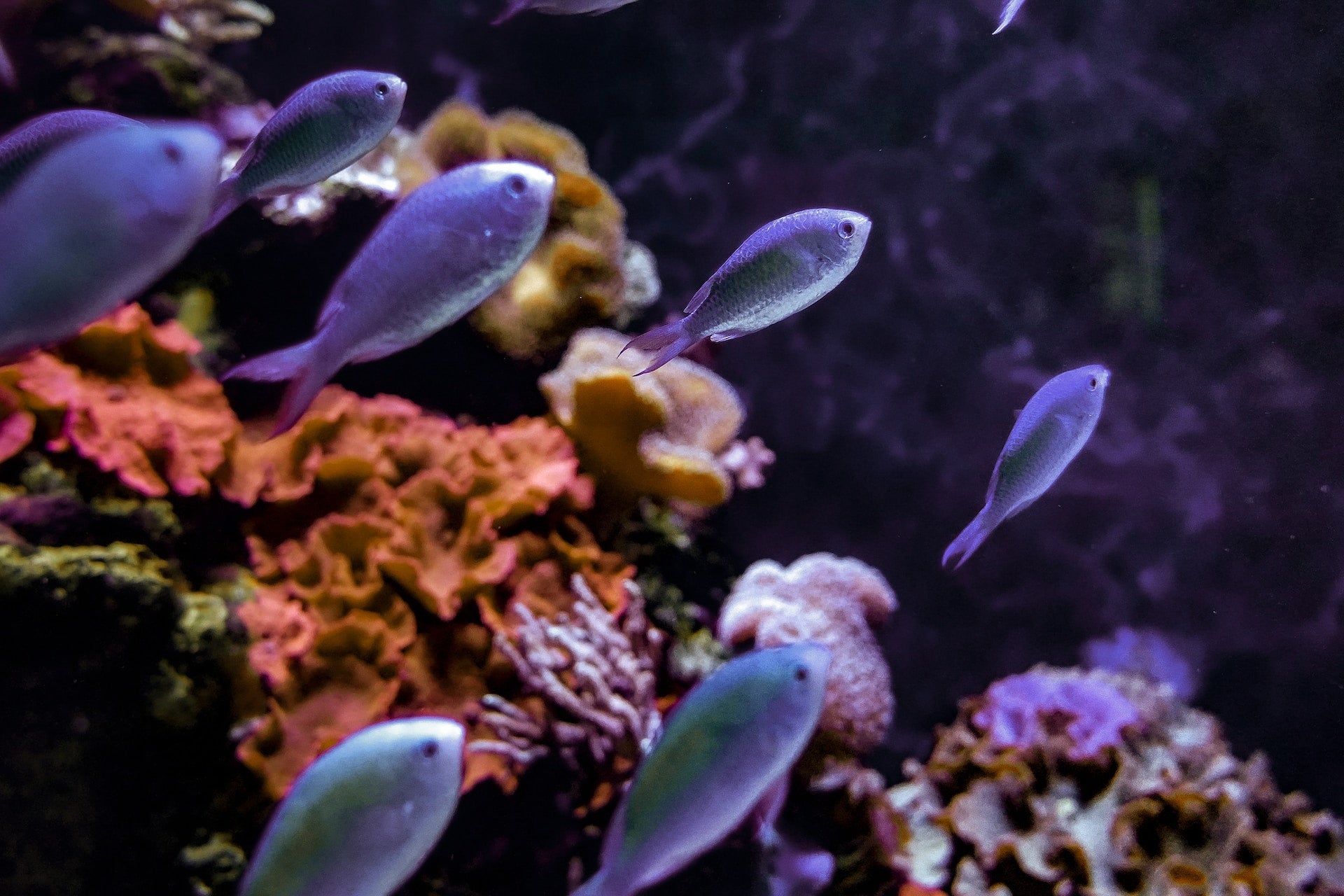As an aquarium enthusiast, you strive to create and maintain a stable and healthy environment for your aquatic inhabitants. However, it is not uncommon to face challenges and complications that may disrupt the delicate balance of your underwater world. In such instances, it's vital to understand the root cause of the problem and deploy effective solutions to quickly restore a vibrant, thriving aquatic habitat. At Perfect Aquatics, one of the UK's largest aquatics specialists, we are committed to empowering aquarists with the knowledge, expertise, and resources necessary to overcome common aquarium challenges and maintain thriving aquatic ecosystems.
In this comprehensive guide, we will explore various common aquarium problems, delving into their potential causes and offering practical solutions to ensure the long-term well-being of your aquatic pets. Gain invaluable insights into maintaining optimal water quality, combating algae growth, managing disease and pests, and dealing with equipment issues that may arise. As you navigate the challenging waters of aquarium care, let Perfect Aquatics be your trusted partner, offering unwavering support, expert advice, and innovative products to help you achieve a nurturing, harmonious aquatic environment for all.
Learn to troubleshoot common aquarium problems with Perfect Aquatics’ expert guidance, cutting-edge resources, and shared passion for fostering a healthy aquatic habitat ⟶
Maintaining Optimal Water Quality: Ammonia Spikes, Nitrite Levels, and pH Imbalances
Water quality is the foundation of a healthy aquarium environment. Preventing and addressing issues related to ammonia spikes, fluctuating nitrite levels, and pH imbalances are essential to the well-being of your aquatic inhabitants:
- Ammonia Spikes: Ammonia is a toxic substance produced by fish waste, decomposing organic matter, and uneaten food. High ammonia levels can cause stress, illness, and death in your aquarium’s inhabitants. To address this issue, regularly test your water parameters and perform partial water changes to lower ammonia levels. Additionally, ensure that your biological filter is functioning properly to eliminate ammonia in the tank.
- Nitrite Levels: Nitrite is another harmful substance, formed during the nitrification process when beneficial bacteria convert ammonia. Maintain a healthy bacterial colony in your aquarium by promoting a cycled and stable environment. When you encounter elevated nitrite levels, conduct partial water changes and monitor your stocking levels to maintain an appropriate fish-to-water ratio.
- pH Imbalances: Maintaining stable pH levels in your aquarium is vital to the well-being of your aquatic organisms. Fluctuating pH levels can lead to stress and disease. Regularly test your water parameters, and if necessary, gradually adjust your aquarium’s pH using natural methods or dedicated pH adjusters.
Combating Algae Growth: Excessive Nutrients, Uncontrolled Lighting, and Preventive Measures
Algae growth is a common problem in aquariums, often attributed to excessive nutrients, uncontrolled lighting, and insufficient preventative measures. Tackle algae issues by following these guidelines:
- Excessive Nutrients: Overfeeding, decaying plant matter, and excessive fish waste can all contribute to excess nutrient levels in the aquarium, promoting algae growth. Minimise excessive nutrients by adopting a balanced feeding schedule, maintaining proper stocking levels, and promptly removing decaying plants and uneaten food.
- Uncontrolled Lighting: Excessive lighting can trigger algae growth, causing an imbalance in your aquarium. Ensure you provide proper lighting conditions, including duration and intensity, in accordance with the specific needs of your plants and aquatic inhabitants. Additionally, consider using a dedicated aquarium timer to manage your lighting schedule.
- Preventive Measures: Implement preventive measures to limit algae growth, such as using algae-eating organisms and incorporating live plants to compete for nutrients. Regularly clean your aquarium glass, equipment, and decorations to remove existing algae and minimise its spread.
Managing Disease and Pests: Early Detection, Quarantine Protocols, and Disease Prevention
Protect your aquarium from disease and pests by adopting early detection methods, implementing quarantine protocols, and prioritising disease prevention:
- Early Detection: Regularly monitor your aquarium’s inhabitants for signs of illness or the presence of pests. Prompt identification allows for early intervention, minimising stress and potential loss of aquatic life. Familiarise yourself with common diseases and pests to stay vigilant and proactive in maintaining a healthy environment.
- Quarantine Protocols: Isolating new arrivals and sick or injured fish in a separate, designated quarantine tank helps prevent the spread of diseases and pests within your main aquarium. This critical practice enables close monitoring and targeted treatment, ultimately safeguarding the health of your entire ecosystem.
- Disease Prevention: Prioritise disease prevention by maintaining optimal water quality, avoiding overstocking, and providing a balanced diet appropriate for your aquatic inhabitants. A stable, clean, and stress-free environment minimises the risk of disease outbreaks and strengthens the immune systems of your aquatic pets.
Addressing Equipment Issues: Regular Maintenance, Inefficient Devices, and Timely Repairs
The efficient operation of aquarium equipment is vital for the overall performance and health of your aquatic environment. Address equipment-related issues by adhering to regular maintenance routines, identifying inefficiencies, and conducting timely repairs:
- Regular Maintenance: Schedule routine cleaning and maintenance for your equipment, ensuring all devices are functioning efficiently and optimally. Regularly inspect filters, pumps, heaters, and other critical devices for signs of wear, debris accumulation, or performance issues.
- Inefficient Devices: Identify and replace inefficient or outdated equipment to ensure seamless and effective system functioning. Investing in energy-efficient devices not only benefits your aquarium’s health but also contributes to long-term cost savings and reduced environmental impact.
- Timely Repairs: Assess and address malfunctions or damage to your equipment in a timely manner to prevent potential harm to your aquarium ecosystem. Consult user manuals, seek expert advice, or replace faulty components as needed to maintain the optimal operation of essential systems.
Conclusion
Aquarium care and management can be a complex and sophisticated journey, but with Perfect Aquatics by your side, you can confidently tackle common aquarium problems and establish a vibrant, healthy environment for your aquatic inhabitants. Learn from our collective expertise and experience, and access our extensive range of aquatic solutions, ensuring every aspect of your aquarium care is tended to with precision, passion, and unwavering dedication.
Master the art of troubleshooting aquarium challenges with Perfect Aquatics’ expert guidance, innovative aquarium products, and enduring commitment to your aquatic success.

